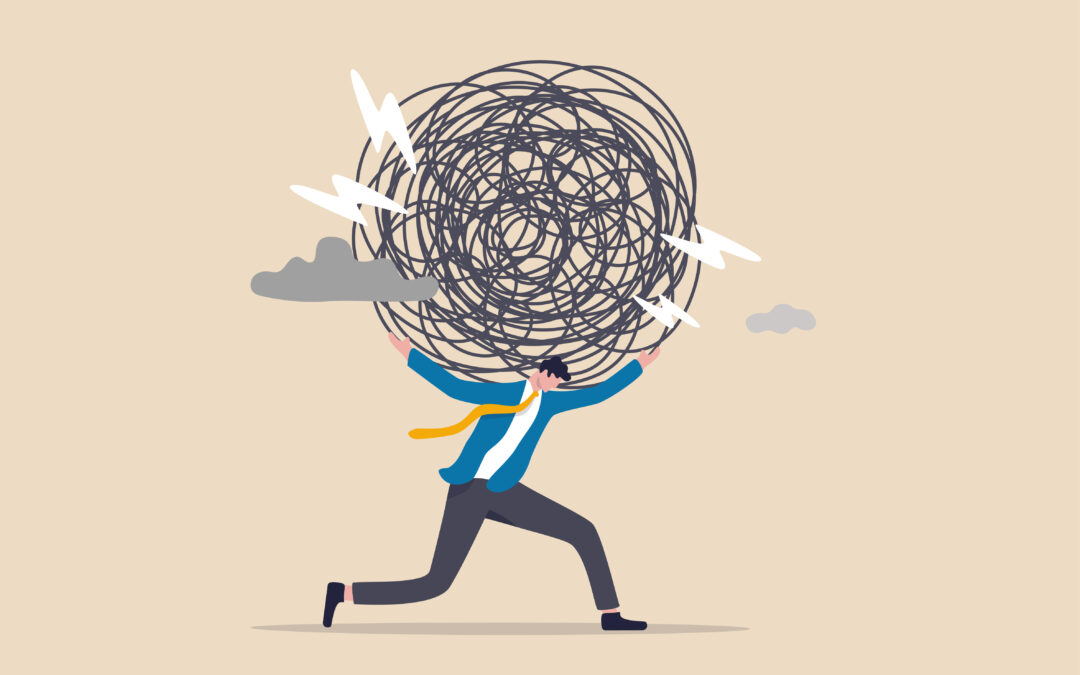Why Do Anxiety and Depression Often Coincide? Sally R. Connolly, LCSW and therapist, describes it as a cycle: “When you become anxious, you tend to engage in pervasive thinking about worries or problems, leading to feelings of failure and eventually depression.”
The relationship between these two disorders, anxiety and depression, is complex:
The likelihood of developing depression significantly increases when an individual already has an anxiety disorder. Nearly half of those with major depression also experience severe and persistent anxiety. Individuals who are depressed often experience feelings of anxiety and worry, with one often triggering the other, typically with anxiety preceding depression. Those with post-traumatic stress disorder (PTSD) are particularly susceptible to developing depression. There is often a biological predisposition underlying both conditions, especially with anxiety disorders. Connolly notes, “Some people are just worriers and pass it down.” Individuals with an anxiety disorder should seek help from a psychiatrist, therapist, or healthcare professional without delay. Failure to address anxiety promptly can pave the way for depression to take hold.
What Triggers Anxiety? For reasons that are only partially understood, individuals with anxiety disorders often have their fight-or-flight response activated even in the absence of a real threat. Constant anxiety feels like being pursued by an unseen threat, resulting in a perpetual sense of danger and vigilance.
While occasional anxiety is a normal aspect of life, anxiety disorders involve persistent feelings of worry or fear that do not dissipate over time and can interfere significantly with daily functioning.
What Triggers Depression? Current research suggests that depression arises from a combination of genetic, biological, environmental, and psychological factors, often manifesting in adulthood. In children and adolescents, depression may present more as irritability than low mood. By adulthood, it typically manifests as hopelessness, despair, and anger, often accompanied by low energy levels and difficulties with daily tasks and relationships.
Untreated anxiety disorders often lead to depression, as mentioned earlier.
What Signs Indicate Both Anxiety and Depression? Indicators that both anxiety disorder and depression may be present include:
Persistent irrational worries or fears Physical symptoms such as fatigue, headaches, rapid heartbeat, and abdominal pain Sleep disturbances Changes in appetite Cognitive difficulties such as memory problems and indecisiveness Constant feelings of sadness, worthlessness, or irritability Loss of interest in previously enjoyed activities Fatigue and irritability Inability to relax or be present in the moment Panic attacks
What Treatment Strategies Are Used for Both Conditions? Evidence-based research suggests that treating both anxiety and depression simultaneously yields the best outcomes.
Commonly used strategies for addressing these co-occurring conditions include:
Cognitive Behavioral Therapy (CBT) to identify and manage underlying fears, anxieties, and depressive tendencies Antidepressant medications, often SSRIs, either alone or in conjunction with CBT Regular exercise to promote the release of feel-good chemicals and improve overall well-being Relaxation techniques such as meditation or mindfulness to alleviate symptoms and enhance quality of life.
Seeking Comprehensive Care Just as anxiety and depression often exacerbate each other, effective treatment involves addressing both conditions concurrently. Hartgrove Behavioral Health System offers integrated care tailored to address these complex mental health needs, with medical specialists and therapists collaborating to support patients in reclaiming control of their inner selves and achieving balance in their lives.
Remember, if you need further guidance or support, don’t hesitate to reach out to your mental health professional or contact us for assistance.
